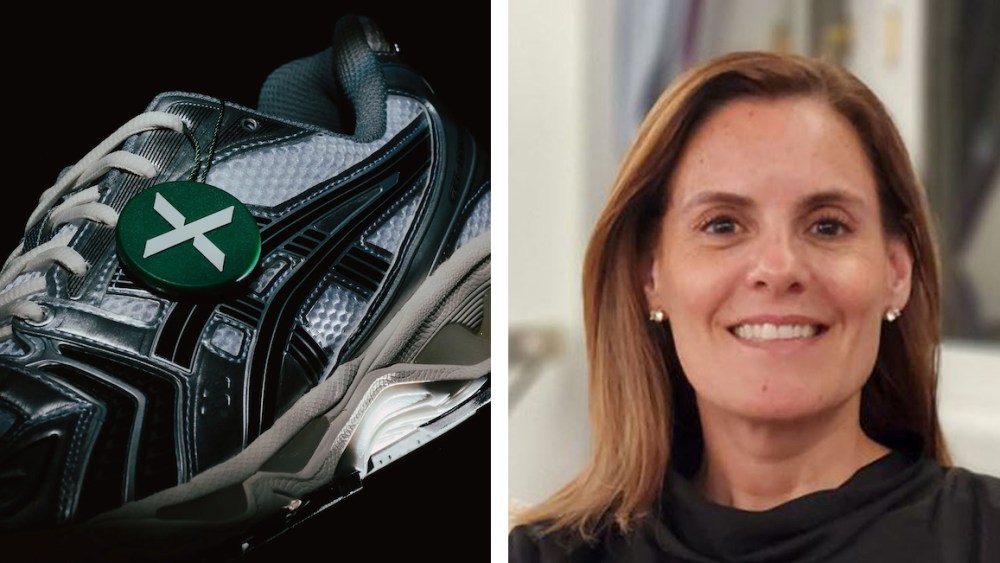
Hair breakage isn’t fun for anyone. The split ends, the frizzy dry feeling of your hair and on your scalp, and the strands snapping off randomly is annoying at best and can cause serious hair problems at worst. And even if you take a minimal approach to your hair care routine, you are bound to experience hair breakage at some point.
The key to treating any sort of hair breakage is prevention. Consider this a lesson in hair breakage 101. From all the main causes to the best ways to treat it with the right products and tweaks to your daily hair routine habits, experts break down everything you need to know on how to get your hair health back on track.
- Hair breakage refers to the breaking of the hair shaft caused by weakened or damaged strands.
- Signs of hair breakage include split ends, flyaways, broken strands, dryness, and hair that stops growing at a certain length.
- Causes of hair breakage are many. The most common ones include chemical and color treatments, excessive heat styling, mechanical stressors, and poor diet.
- Treating hair breakage is easy. Some expert-approved ways to treat it include using protein treatments, deep conditioning masks, and eating a healthy diet.
What is hair breakage?
Hair breakage, as Marisa Garshick, MD, board-certified dermatologist at MDCS Dermatology, defines it, refers to the breaking of the hair shaft caused by weakened or damaged strands. Unlike hair loss, which Dr. Garshick describes as involving hair shedding and falling out from the root, breakage comes in many forms. From split ends, frizziness, and uneven strands, breakage occurs when the hair shaft snaps somewhere along its length.
This happens for many reasons, but Brittany Oliver, MD, board-certified dermatologist at the University of Missouri-Kansas City and Skin of Color Society leader, agrees says that breakage generally refers to conditions where there is “structural abnormality” in the hair that leads hair to become so fragile, and split and break.
Signs & Symptoms of Hair Breakage
It’s pretty easy to tell if you have hair breakage or not. Some signs, according to both Dr. Oliver and Dr. Garshick, include:
- Split ends
- Flyaways
- Frizziness
- Uneven length
- Short, broken strands
- Hair that stops growing at a certain length
- Dullness
- Dryness
What causes hair breakage?
As mentioned before, many things can lead to hair breakage. But the most common ones are:
Chemical & Color Treatments
Perms, bleaching, coloring, and other chemical and color treatments can cause breakage by weakening the protein bonds in the hair shaft, explains Dr. Garshick. Repeated exposure to this, she says, can make hair more brittle and prone to breakage.
Dr. Oliver agrees and adds that relaxing hair alters its structure; it works by chemically breaking tightly linked bonds that maintain the integrity of the hair strand. When those bonds are broken, the natural curl pattern will straighten out. But over time, the more you relax those curls, it will weaken your hair and make it more prone to breakage.
Heat Styling & Environmental Stress
Dr. Oliver explains that when hair undergoes thermal damage from blow dryers, flat irons, curling irons, hot combs, and other heat styling practices, it may lead to dry, brittle strands that easily break off. This can result in “bubble hairs,” where hair strands develop large air bubbles that serve as weak points along the hair shaft and make hair more susceptible to breaking off.
You’ll also want to pay attention to environmental stressors. Dr. Garshick lists hard water as something that can be especially drying to the hair and weaken it. Dr. Oliver agrees and adds that excessive UV radiation, seasonal temperature, and humidity extremes can have damaging effects on hair proteins and moisture levels in the strands. By contrast, the cold, windy weather conditions and low humidity can lead to dryness, which she says causes tangles, knots, and increased susceptibility to breakage.
Mechanical Stress
Dr. Garshick says that daily habits such as over-brushing or rubbing hair with a towel can lead to increased friction on your strands and make them more prone to breakage. She adds that tight hairstyles like buns, ponytails, and braids place a lot of tension on the hair shaft and weaken it.
#Hair #BreakageAnd #Repair






